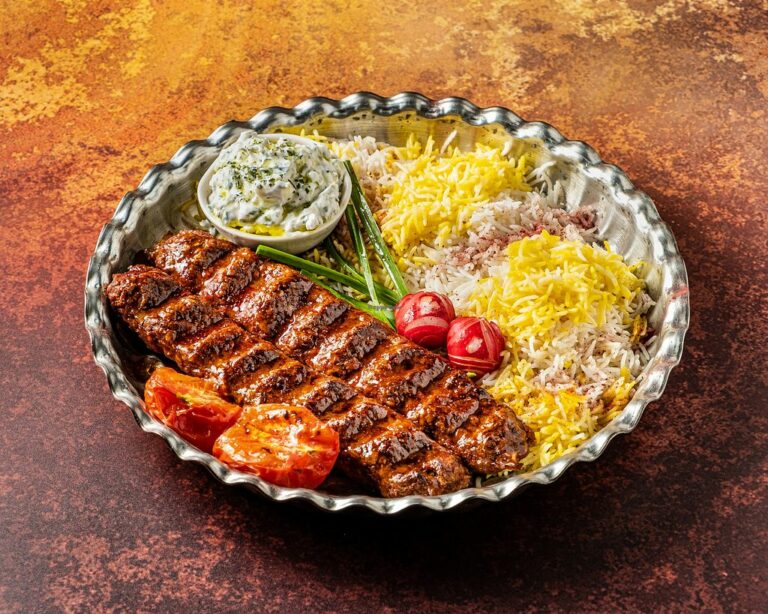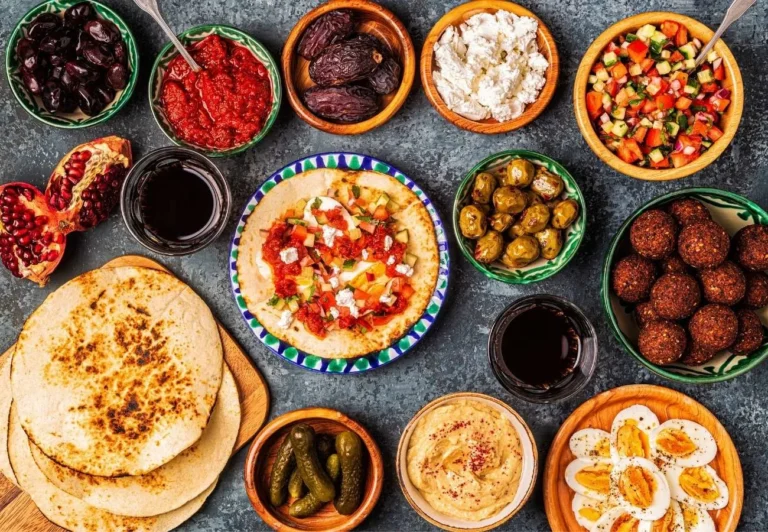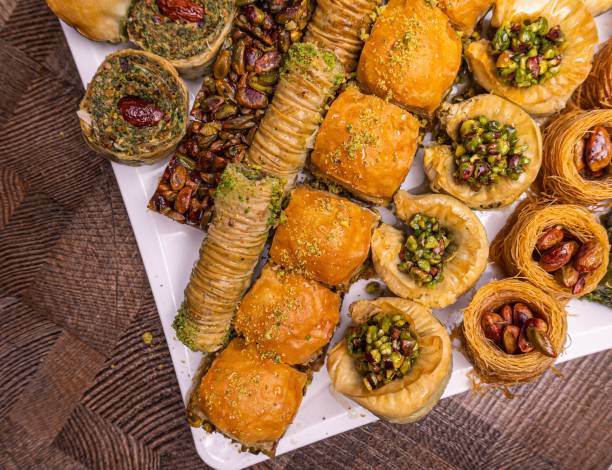Introduction to Guinean cuisine
Guinea, a West African country with a rich cultural heritage, has a diverse cuisine that is influenced by its ethnic diversity. Guinean cuisine features a wide range of dishes that reflect the country’s geography, history, and cultural identity. The cuisine of Guinea is characterized by the use of locally sourced ingredients such as cassava, rice, peanuts, and yams, combined with a variety of spices and herbs.
Traditional Guinean cuisine
Traditional Guinean cuisine is deeply rooted in the country’s history and culture. It is influenced by the cooking techniques and ingredients of the various ethnic groups that make up the country’s population. Some of the traditional Guinean dishes include rice with peanut sauce, grilled fish with tomato and onion sauce, and couscous with vegetables and meat.
Popular Guinean dishes
In addition to the traditional dishes, there are several popular Guinean dishes that are enjoyed by locals and visitors alike. One of the most popular dishes is dibi, which is grilled meat served with onions and mustard sauce. Another popular dish is maafe, which is a stew made with meat, vegetables, and peanut sauce.
Searching for Guinean desserts
Despite the popularity of Guinean cuisine, it can be challenging to find information about Guinean desserts and sweets. Compared to other cuisines, Guinean desserts and sweets are not well documented, and there is limited information available on the internet.
Overview of Guinean sweets
While Guinean desserts are not as widely known as other West African desserts, there are several Guinean sweets that are worth trying. One of the most popular Guinean sweets is called Ngalakh, which is a sweet porridge made with millet, milk, and baobab fruit. Another Guinean sweet is called Djindja, which is a type of fried doughnut made with flour, sugar, and yeast.
Conclusion: Guinean sweets and desserts
In conclusion, Guinean cuisine offers a diverse range of dishes that reflect the country’s cultural heritage. Although Guinean desserts and sweets are not as well known as other West African desserts, there are several unique and delicious sweets to try. If you have the opportunity to try Guinean cuisine, be sure to explore the range of dishes and sweets that it has to offer.










